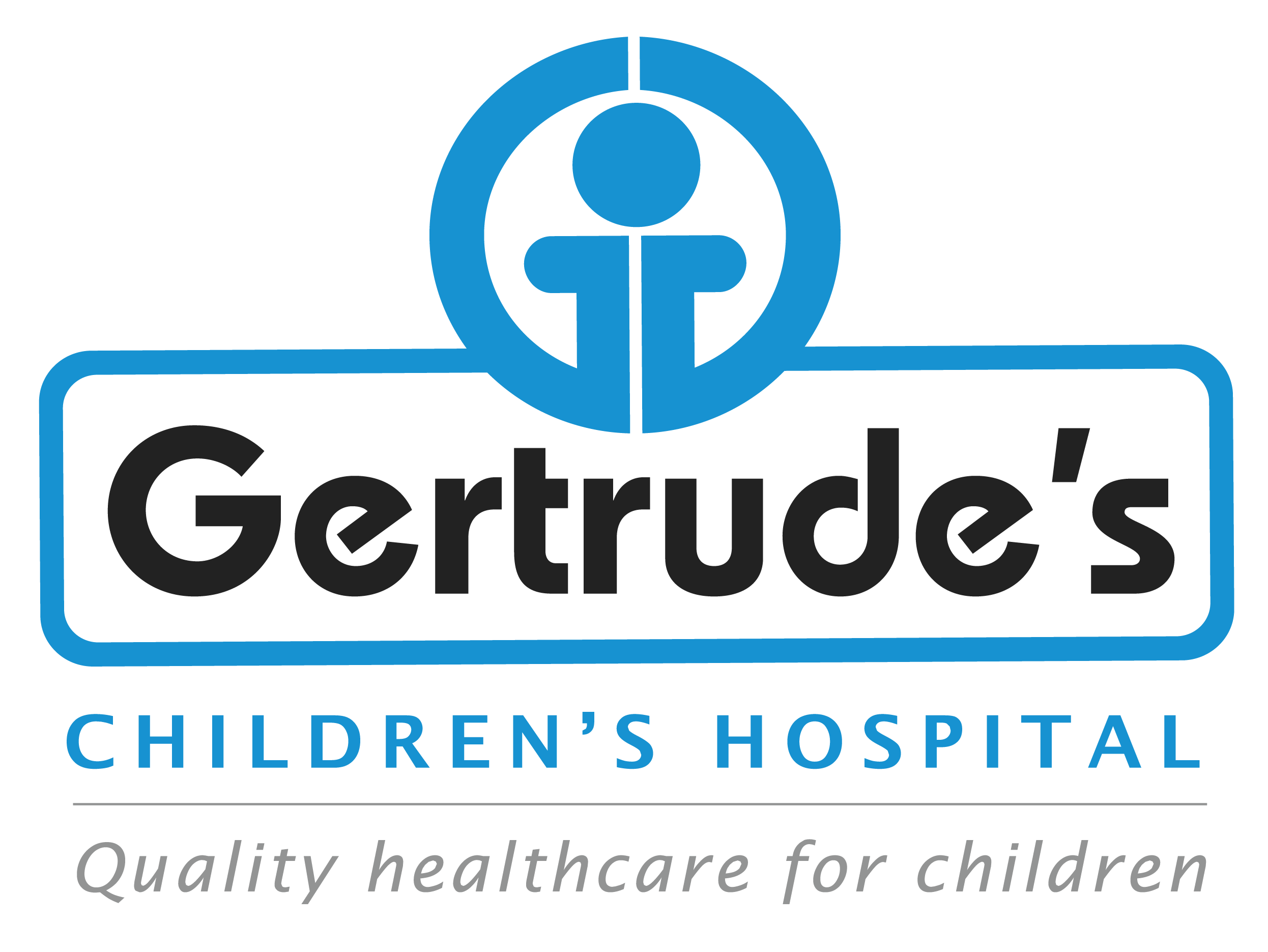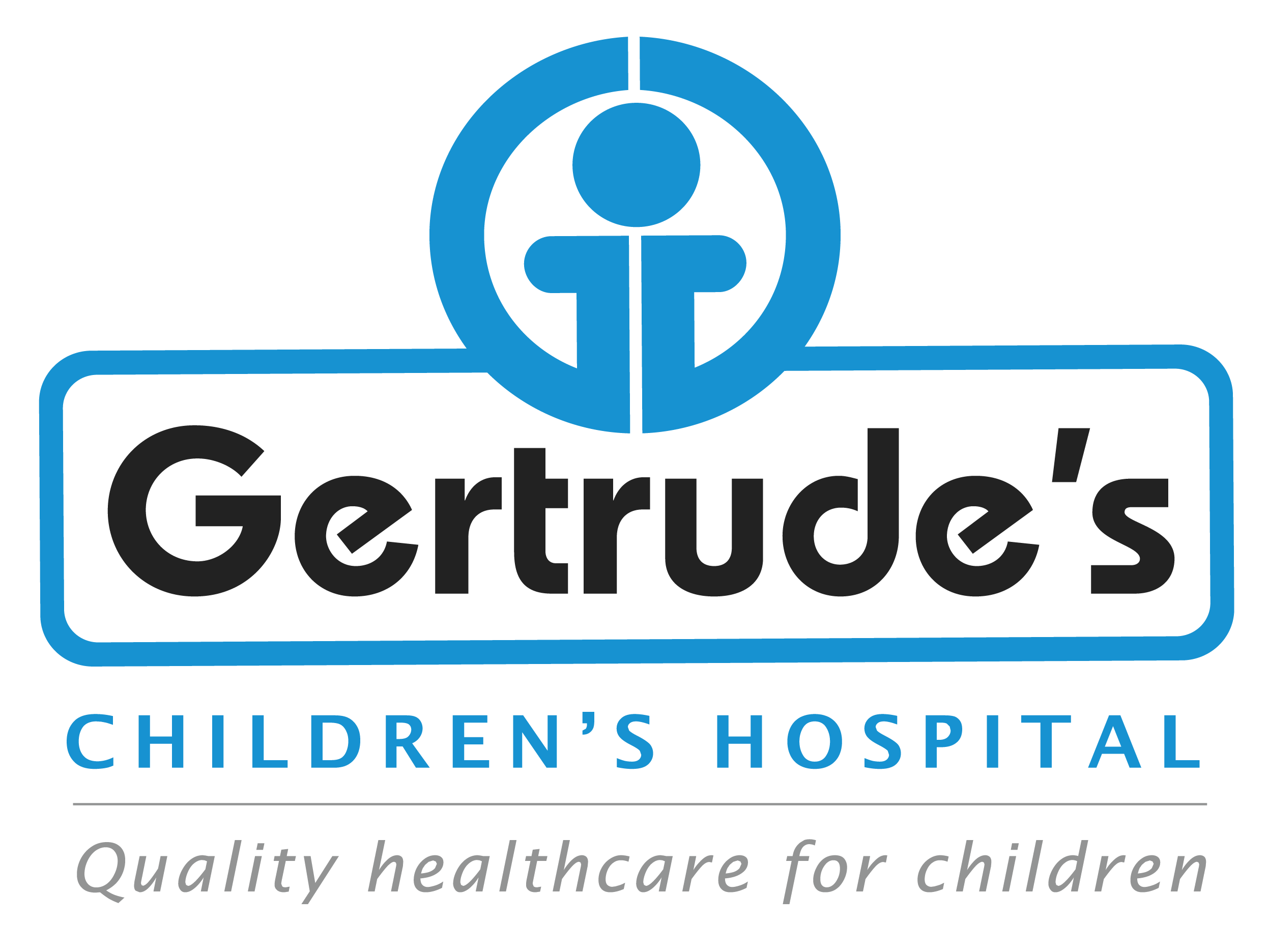Acute tonsillitis is an infection of the tonsils, the two oval-shaped glands located at the back of the throat. The tonsils play a role in fighting infections, but they can themselves become infected by viruses or bacteria, causing inflammation, swelling, and pain. Acute tonsillitis is a common condition in children, especially those between the ages of 5 and 15. It usually presents with a sore throat, difficulty swallowing, and fever. While most cases resolve on their own or with simple treatment, recurring tonsillitis may lead to the need for surgical removal of the tonsils, known as a tonsillectomy.
Symptoms
- Severe sore throat: Pain in the throat that can be persistent and worsen when swallowing.
- Red, swollen tonsils: The tonsils may become visibly enlarged and red, sometimes with white or yellow patches.
- Difficulty swallowing: Children with tonsillitis often have trouble swallowing due to the pain and swelling.
- Fever: A high temperature, often above 38°C (100.4°F), is common.
- Swollen lymph nodes: The lymph nodes in the neck may be tender and swollen as the body fights the infection.
- Bad breath: Foul-smelling breath is often present due to bacteria in the throat.
- Fatigue and malaise: The child may feel generally unwell, tired, and irritable.
Causes
- Viral infections: Most cases of tonsillitis are caused by viruses such as the common cold, influenza, or Epstein-Barr virus (which causes mononucleosis). These cases often resolve on their own with supportive care.
- Bacterial infections: A significant number of tonsillitis cases are caused by Group A Streptococcus bacteria, leading to strep throat. Bacterial tonsillitis typically requires antibiotic treatment to prevent complications such as rheumatic fever.
Diagnosis
- Throat examination: The doctor will examine the throat using a light and a tongue depressor to check for swollen, red tonsils and any patches of pus or white spots.
- Throat swab: A rapid strep test or a throat culture may be taken to determine if the infection is caused by Group A Streptococcus bacteria.
Treatment Options
- Home care:
- Rest and hydration: Ensuring your child gets plenty of rest and drinks fluids is essential for recovery.
- Over-the-counter medications: Pain relievers such as acetaminophen or ibuprofen can help reduce throat pain and fever.
- Throat lozenges or sprays: These may help soothe a sore throat.
- Saltwater gargle: Older children can gargle with warm salt water to help reduce throat swelling and discomfort.
- Antibiotics:
If a bacterial infection, such as strep throat, is diagnosed, antibiotics like penicillin or amoxicillin may be prescribed. It is important to complete the full course of antibiotics to prevent complications, even if symptoms improve. - Tonsillectomy:
If your child experiences recurrent tonsillitis (more than three episodes in 6 months) or if the condition leads to complications such as difficulty breathing or swallowing, a tonsillectomy (surgical removal of the tonsils) may be recommended. This procedure is typically performed as a day surgery and can significantly reduce the frequency of throat infections.
Why Choose Us
Expert team
Our pediatric specialists have extensive experience in treating children.
Personalized care
We create treatment plans that fit each child’s unique needs
Support and education
We teach children and families how to care for them and prevent future cases
Advanced treatments
Access to the latest treatments and products
Contact
Please feel free to contact us with any general or medical enquiry by calling us.





